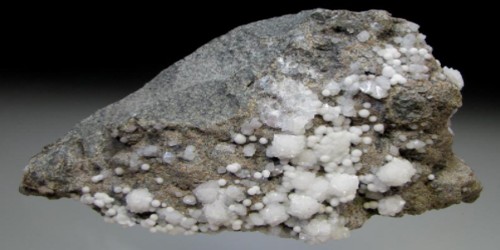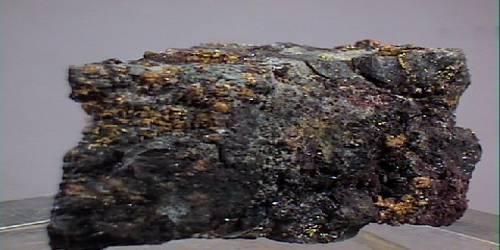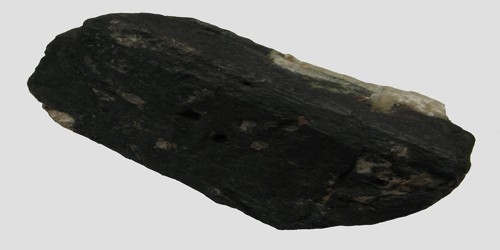The passage of key metals from the Earth’s mantle to its crust has been explained by scientists as taking place through a specific mechanism.
The team, which also included Cardiff University researchers, found a ‘Goldilocks zone’ in the base of the Earth’s crust where the temperature is just ideal at about 1000°C for metals to be transported to shallower levels near the surface, where they can be mined.
Due to their use in electrical wiring and various technologies, including battery storage devices, solar panels, and fuel cells, the metals in issue are particularly sought-after. These include copper, cobalt, tellurium, and platinum.
The team hopes that by publishing its findings in the journal Nature Communications, the discoveries may inspire more focused, affordable, and ecologically friendly methods of searching for and extracting important metals.
The metals are mainly kept inaccessible for exploitation in the Earth’s mantle, a thick layer of rock that lies between the Earth’s core and crust at depths of more than 25 km.
This paper represents a fantastic piece of work from the project team that sheds new light on magmatic processes that operate deep in the Earth’s crust but which exert a first-order control on the accessibility of critical metals for humankind. The results will enable more targeted mineral exploration, thus lowering the environmental footprint associated with the discovery and extraction of green metals.
Professor Jamie Wilkinson
However, in some regions of the world, magma, a flowing mass of liquid rock that forms in the Earth’s mantle and rises through the crust, can naturally transport these metals to the surface.
However, up until now the journey of metals to their final deposition site has been uncertain.
In the recent study, the scientists discovered a temperature-dependent zone at the Earth’s crust’s base that functions as a valve and occasionally lets metals travel upward to reach the upper crust.
Co-author of the study Dr. Iain McDonald said: “When magmas reach the base of the crust the critical metals often get trapped here and cannot reach the surface if the temperature is either too hot or too cold.”
“As with Goldilocks, we have discovered that if the temperature is ‘just right’ at around 1000°C, then metals like copper, gold and tellurium can escape the trap and rise up towards the surface to form ore deposits.”
The study forms a component of the NERC-funded FAMOS project (From Arc Magmas to Ore Systems), and involved collaborators from Cardiff University, Leicester University, the University of Western Australia and the international mining company BHP.
Professor Jamie Wilkinson, of the Natural History Museum, London, is Principal Investigator for the FAMOS project, and added:
“This paper represents a fantastic piece of work from the project team that sheds new light on magmatic processes that operate deep in the Earth’s crust but which exert a first-order control on the accessibility of critical metals for humankind. The results will enable more targeted mineral exploration, thus lowering the environmental footprint associated with the discovery and extraction of green metals.”
















